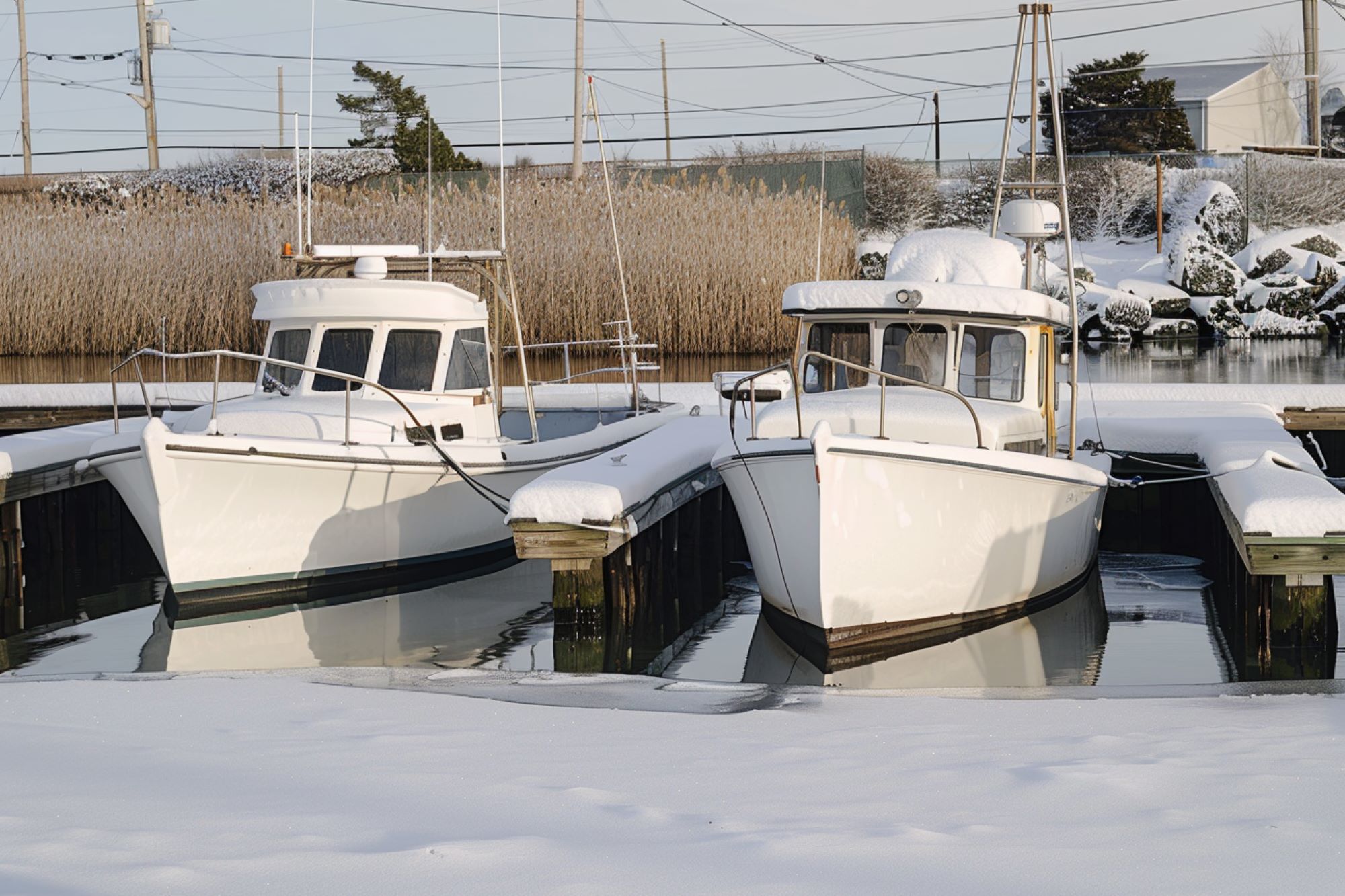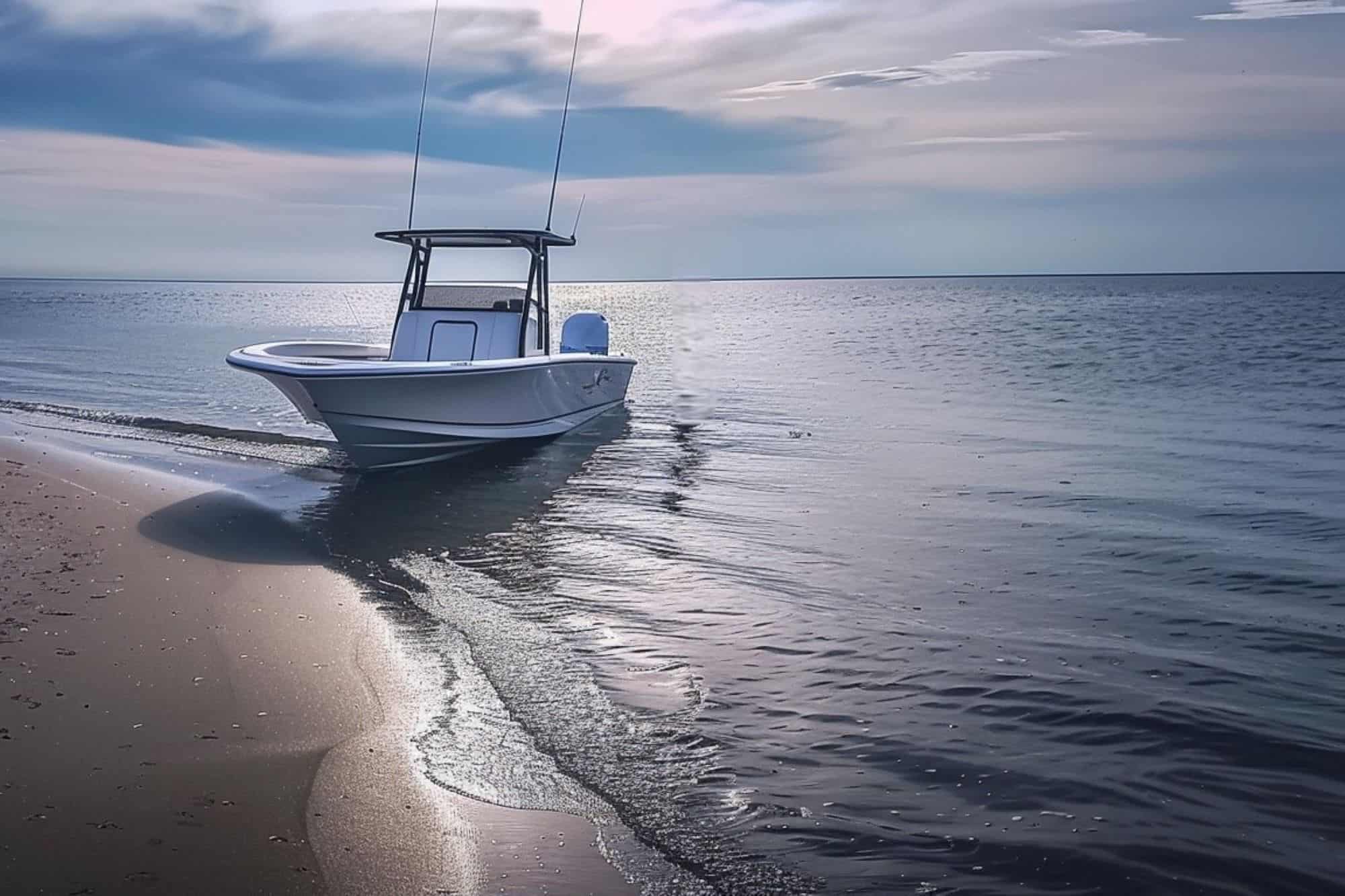Winter is the time to protect your boat from the harsh elements, and understanding the right storage solutions can save you headaches and keep your boat in top shape. This guide explores various storage options, how to prepare your boat for winter, and answers common questions about winter boat care.
Understanding Boat Storage Options
When the boating season draws to a close, finding a secure and suitable place to store your boat is essential. Boat owners have several options to consider, each with its own set of benefits and challenges.
Indoor vs. Outdoor Storage
Indoor Storage: Indoor storage facilities offer boats protection from the weather and environmental elements, which is particularly beneficial in areas close to the ocean where salt air can accelerate corrosion and damage.
This option, however, can be more costly than outdoor alternatives. Facilities might offer climate-controlled spaces which help in preventing moisture buildup and mold growth, crucial for maintaining your boat’s interior and electronics.
Outdoor Storage: This is a more economical option and can be just as effective if done correctly. The key is a good cover and proper site selection—areas with good drainage and away from trees or areas likely to accumulate water are ideal.
While outdoor storage exposes boats to the elements, with a high-quality boat cover and regular maintenance checks, it can be a practical choice for many owners.
Dry Stack Storage
Dry stack storage involves storing your boat in a racked warehouse using large forklifts. This type of storage keeps your boat off the water and protected from the weather. It’s ideal for smaller to medium-sized boats and can be more cost-effective than some indoor options. Additionally, dry stack storage often provides added security and easier access to maintenance facilities.
Shrink Wrapping and its Advantages
Shrink wrapping involves covering your boat with a heavy-duty plastic wrap, which is then heated to form a tight seal around your vessel. This method is excellent for preventing moisture and keeping your boat clean from dirt, debris, and bird droppings. In Charleston’s variable winter climate, shrink wrapping can provide robust protection, especially for boats stored outdoors.
Choosing the right storage option involves weighing costs against the benefits of each type. For many in Charleston, the mild winters might sway the decision towards more cost-effective methods, but always consider the specific needs of your boat and the potential risks of environmental exposure.
Preparing Your Boat for Storage
Properly preparing your boat for winter storage is crucial to ensure it remains in excellent condition and ready for use when the weather warms up. Begin by cleaning both the interior and exterior of your boat, removing all personal items, and inspecting the hull for any signs of damage. Next, perform essential maintenance checks such as removing the battery, flushing the engine with fresh water, and adding antifreeze to the cooling system.
Additionally, winterizing the engine with a fuel stabilizer and filling the fuel tank almost full to reduce moisture buildup is crucial. Finally, choose a snug, waterproof boat cover that allows for adequate ventilation to prevent mold and mildew growth.
TIP
Taking the necessary steps to prepare for boat storage can ensure your boat is well-protected throughout the winter months.
Long-Term Boat Storage Tips
Boat owners in Charleston need to take extra care when storing their boats for the winter or longer periods. The humid climate of Charleston makes moisture control and ventilation crucial to keep the boat in good condition.
To prevent mold and mildew growth, it’s essential to use moisture absorbers or desiccants inside the boat. Besides, proper ventilation is critical to keep the air fresh and prevent the potential for mold. Before covering the boat, check for leaks, and seal the areas to prevent water from entering and causing interior damage.
Along with moisture control, regular inspection routines are also necessary during the winter months. Owners should visit their stored boats at least once a month and check the cover to ensure it’s secure and hasn’t been damaged. It’s also essential to check the bilges regularly to ensure they are dry and clear of water.
Rodents and insects can also create nests and damage electrical wiring and upholstery, so checking for signs of infestation is vital. By following these long-term storage tips, boat owners can keep their boats in prime condition and minimize maintenance when it’s time to bring the boat out of storage.
Common Issues and Troubleshooting
Storing your boat for the winter can sometimes lead to unforeseen issues. Being aware of these common problems and knowing how to address them can save you time and money. Here’s what you need to know about common storage issues and troubleshooting methods for boat owners.
Dealing with Pests and Rodents
Pests and rodents can be a significant nuisance, causing damage to upholstery, wiring, and even the structure of your boat. Here’s how to combat this problem:
Preventative Measures: Before storing your boat, thoroughly clean it to remove any food residues or spills that may attract pests. Use natural repellents like peppermint oil or commercially available ultrasonic devices to keep rodents at bay.
Regular Inspections: Check your boat regularly for any signs of infestation. Look for droppings, chew marks, or nesting materials. Early detection can prevent severe damage.
Mechanical Failures
Mechanical issues can arise when a boat sits idle for several months, particularly in systems like the engine or electrical wiring. Here are some tips to avoid these problems:
Battery Maintenance: Keep the battery charged and check its condition during your routine inspections. A dead battery can decay and potentially cause damage to the boat’s electrical system.
Engine Checks: Even during storage, turn the engine over occasionally if possible, to keep moving parts lubricated and to prevent them from seizing up.
Insurance and Legal Considerations
Understanding your insurance coverage and the legal aspects of boat storage is crucial to avoid complications:
Insurance Coverage: Ensure your boat’s insurance covers any potential risks during storage, including theft, vandalism, and natural disasters. Check with your provider for any specific clauses that apply when your boat is not in use.
Legal Requirements: Be aware of any local ordinances or storage facility rules that might affect how and where you can store your boat. Compliance with these regulations can prevent fines and other legal issues.
Anticipating these common issues and implementing preventative measures can ensure that your boat remains safe and in good condition…
Anticipating these common issues and implementing preventative measures can ensure that your boat remains safe and in good condition throughout the winter months.
Frequently Asked Questions
Can I store my boat in water during Charleston’s winter?
Yes, storing your boat in water during winter is feasible due to the area’s mild winters. To ensure your boat’s safety, consider using a de-icer to prevent any potential ice formation around the hull and maintain regular checks, especially the bilge pump, to manage water ingress efficiently.
How often should I inspect my stored boat?
Inspecting your boat at least once a month is recommended during storage. Monthly inspections allow you to promptly identify and address issues such as leaks, pest problems, or mechanical failures, thus maintaining your boat’s condition and ensuring it is ready for use in the spring.
What is the best way to save costs on boat storage?
To minimize storage costs, opt for outdoor storage with a high-quality boat cover if indoor storage proves too costly. Look for storage facilities that offer long-term or group discounts, which can significantly reduce expenses. Additionally, engaging in preventative maintenance such as keeping the engine and battery in good shape can prevent expensive repairs later, making it a cost-effective strategy.
Conclusion
As we wrap up, remember that the right winter storage solution for your boat can significantly extend its lifespan and enhance your boating experience. Whether you choose indoor, outdoor, or in-water storage, the key is diligent preparation and regular maintenance. By following the guidelines discussed, you’ll ensure that your boat stays in excellent condition through the winter months, ready to set sail when spring arrives. Stay proactive about your boat’s care, and enjoy peace of mind knowing it’s well-protected.




